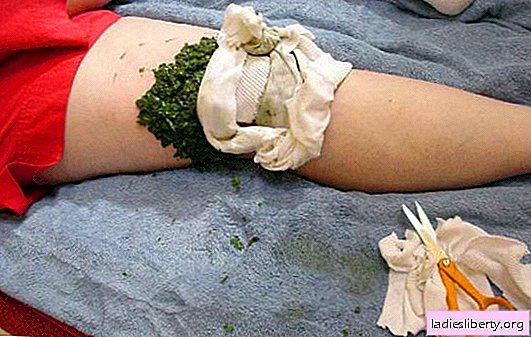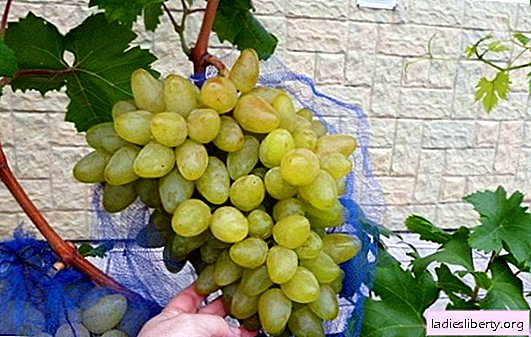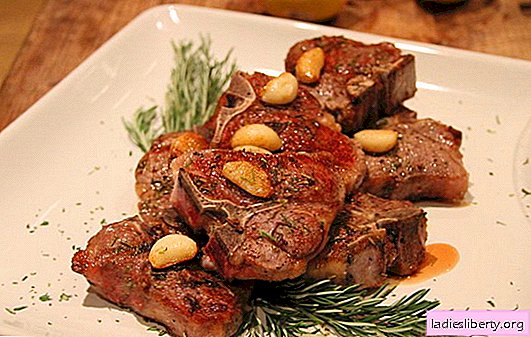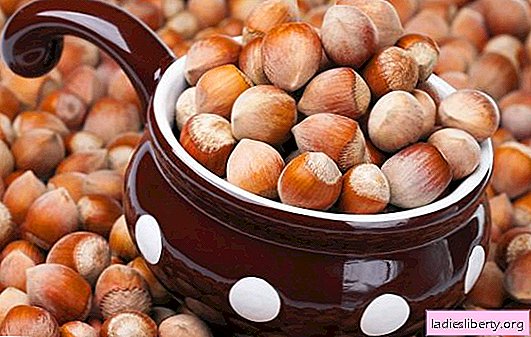
Joint pain (synonym: arthralgia) is a common symptom of diseases of the musculoskeletal system. Sources of arthralgia are the joint capsule, periosteum, ligaments, subchondral bone and synovia, but not cartilage.
Identifying the anatomical region responsible for joint pain is a difficult task. Diagnosis plays a crucial role in clinical practice, since only it helps to draw up the correct treatment regimen. Knowing the anatomy of complex joints (knee, shoulder, and ankle) helps in diagnosing the root cause of pain.
Evaluation of arthralgia, both from the point of view of history and the results of physical examination, is best achieved with knowledge of the main pathophysiological types of joint diseases: synovitis, enthesopathy, precipitation of crystals, infections, and structural or mechanical disorders.
The above diseases are not mutually exclusive.
Examples of pathological processes that often coexist are crystal deposition in ostearthrosis, synovitis with enthesopathy, and cartilage destruction in chronic synovitis.
The main goals of treating patients are pain relief, restoration or maintenance of joint function, and prevention of bone necrosis. They are achieved using conservative and surgical methods.
Why can folk remedies for joint pain be dangerous?
While some methods are common for the treatment of all forms of arthrosis, others are strictly specific. Proper treatment begins with an accurate diagnosis. One of the problems in the treatment of arthrosis is the determination of the expected prognosis and the timely introduction of appropriate therapy, which avoids the development of irreversible articular dysfunction.
Folk remedies for joint pain do not take into account the diagnosis, concomitant complications and diseases of the patient. They are recommended for the treatment of arthralgia of any origin, which can lead to fatal consequences - a progressive deterioration in articular function.
Folk remedies for joint pain: herbal medicine
1. Pour honey on the cabbage leaf and attach with a bandage or bandage to the sore joint.
Doctor's comment: cabbage leaf contains glucosinolates (mustard glycosides) - a class of organic substances that have a strong antibacterial effect.
In vitro studies have shown that phytochemicals are effective against gram-positive and gram-negative bacteria.
Hypothetically, the bactericidal effect can help patients with septic arthritis relieve pain, however, the concentration of glucosinolates in the cabbage leaf is so low (about 0.001%) that the therapeutic effect is not manifested. For complacency, you can try, there will be no harm.
2. Mix nettle seeds with honey and add clover herbs. Apply the resulting mixture to the joint 3 times a day.
Commentary by a doctora: nettle seeds contain bioflavonoids, vitamin C, magnesium and calcium, and clover herbs contain coumarin, dicumarol, mucus and essential oils.
Coumarin is a locally irritating agent that, with septic arthritis, contributes to the spread of infection.
In high doses, coumarin is toxic to humans and can cause dizziness, vomiting, headache and drowsiness.
The remaining substances are contained in a small dose and do not have a therapeutic effect.
3. Mix 15 ml of camphor alcohol, iodine, powdered metamizole sodium and 30 ml of ethyl alcohol. Allow the resulting mixture to infuse for 25 days in a dark place. Rub sore spots 3-4 times a day.
Doctor's comment: Analgin (or metamizole sodium) is an obsolete pain reliever that is prohibited in most industrialized countries.
Long-term use increases the risk of developing agranulocytosis, a pathological condition in which the concentration of leukocytes decreases due to monocytes and granulocytes. Topical use of camphor alcohol in some people can cause an allergic reaction - hives or acute itching.
Iodine and ethyl alcohol are local antiseptic drugs that are ineffective in arthrosis. The risk of adverse effects from the use of folk remedies for joint diseases outweighs the potential benefits.
4. Take 1 tablespoon of hypericum and yarrow. Grind herbs into powder. Mix petroleum jelly with herbs and rub on sore spots.
Doctor's comment: St. John's wort is ineffective and dangerous for arthralgia, because it enhances local photosensitivity - the skin's response to sunlight.
St. John's wort components absorbing light form inflammatory mediators and free radicals, causing tissue damage, which is manifested by pain and redness. As a result, patients may experience joint pain.
Yarrow, according to Norwegian cohort studies, has no analgesic effect. Dangerous recipe.
5. Take a tablespoon of birch leaves, black elderberry, willow bark, and pour a glass of hot water. Allow the resulting mixture to brew for 12 hours. Then strain the infusion and drink 3 times a day.
Doctor's comment: Willow bark contains salicylic acid, elderberry and birch leaves - vitamin C, carotene and tannins. Salicylic acid (the derivative of which is aspirin) is an anti-inflammatory agent that reduces joint pain, but causes many side effects. In animal studies, the phytochemical compound caused toxic effects in animals (cats, mice, rabbits and rats) when administered orally (through the mouth) and dermally (on the skin) - drowsiness, muscle weakness, and liver and kidney damage.
Bad recipe.
Folk remedies for joint pain: products and chemicals
1. Knead the yeast dough and make a thick cake. Cut the resulting hot product into equal parts, and then attach one of them to the sore spot.
Doctor's comment: if the pain is caused by septic arthritis - local warming of the joint can harm the patient.
Heat accelerates the spread of infection throughout the body, which increases the risk of sepsis - blood poisoning.
The cake itself does not contain substances that have an analgesic or anti-inflammatory effect.
With arthrosis, local warming of the sore spot can temporarily reduce the intensity of pain. So, at least some good in this recipe is.
2. In a liter of distilled water, squeeze the lemon along with the peel, put the garlic and a spoonful of honey. Let the mixture brew for 2 weeks in a cupboard, then strain and take a glass in the morning.
Doctor's comment: in fresh garlic, the content of alliin is from 0.5 to 1% (or from 5 to 14 mg / g). It is also an important source of selenium and has an antibacterial effect.
The therapeutic effects of garlic are due to allicin, the starting material for the formation of several other sulfur-containing compounds. Lemon is a source of ascorbic acid.
Honey is a high fructose food product. With oral administration, the above combination does not have any statistically significant therapeutic effect: they do not reach the joints and do not affect local inflammatory processes.
3. Take 10 g of gelatin and fill with 1 liter of distilled cold water. Leave the resulting mixture to infuse. Then it is recommended to take 2-3 tablespoons every day.
Doctor's comment: In animal experiments, a radiolabeled gelatin hydrolyzate was used to show how the components are absorbed in the intestine and accumulate in the cartilage.
Studies have shown that it does not contribute to the synthesis of collagen in cartilage cells and does not lead to an increase in the formation of cartilage, tendon and joint components.
4. Reception of chondroitin sulfate and glucosamine.
Doctor's comment: The American College of Rheumatology, in its latest recommendations published in 2012, does not recommend the use of chondroitin or glucosamine for the treatment of arthrosis.
Dietary supplements do not have a clinically significant effect on the course of arthrosis or arthritis. All this is useless.
Folk remedies for joint pain: magnets
1. Put chalk and ordinary magnets in a linen bag. Apply to a sore spot 2-3 times a day.
Doctor's comment: In a systematic review of 2008 studies, scientists did not reveal the analgesic effect of using magnets.
In 2009, the results of a randomized, double-blind, placebo-controlled study on the use of static magnets in the treatment of joint pain were published: the results are disappointing - the effect is comparable to placebo (dummy).
Folk remedies for joint pain are ineffective and are associated with side effects. Careless and prolonged use can do more harm than potential benefit.
If there is pain of unknown origin, edema or other symptoms of diseases of the musculoskeletal system, it is necessary to consult a local therapist for advice.











